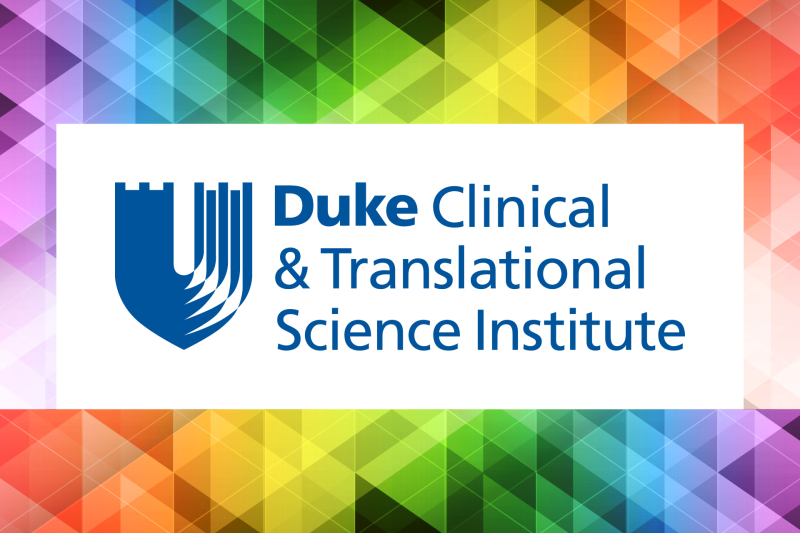
The Duke CTSA KL2 program was recently identified as one of the top program hubs by the Center for Leading Innovation and Collaboration (CLIC). The Duke KL2 program was a top performer in the KL2 education program – Underrepresented measure.
The CLIC evaluates programs using a Common Metrics Initiative. In alignment with the CLIC’s current goals, the Duke KL2 program set a goal to increase the representation of underrepresented racial and ethnic groups (UREG) since 2013. Laura Svetkey, co-director of the Duke KL2 program, said the hub aimed to have at least 50 percent of funded KL2 scholars from underrepresented racial and ethnic groups.
“That’s where it starts,” she said. “Really having an intentional metric with institutional support to achieve it.”
Since 2013, 38 percent of Duke KL2 applications have been submitted by UREG investigators and more than 47 percent of scholars selected for the program were UREG investigators. Compared to the national program average, Duke has 10 times as many Black/African American scholars participating in the KL2 program.
In order to achieve this goal, leaders in the Duke KL2 program partnered with groups focused on UREG faculty development, including the School of Medicine Office of Diversity and Inclusion and the Assistant Dean for Underrepresented Faculty. The group also worked with the Office of Research Mentoring to develop the KL2 Application Preparatory Program, designed to assist investigators with preparing their KL2 applications.
“It is important that the institution itself is committed to promoting diversity and inclusion,” said Kimberly Johnson, Duke KL2 co-director. “Our program has been able to capitalize on Duke’s commitment to both increasing the number of faculty from underrepresented racial and ethnic groups and providing resources to support their career development.”
Duke’s achievements have also been featured on the CLIC website.